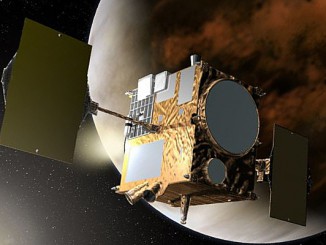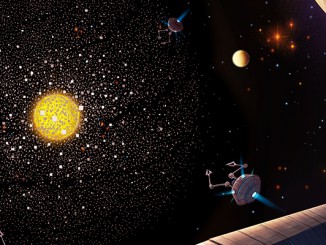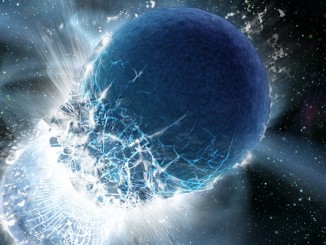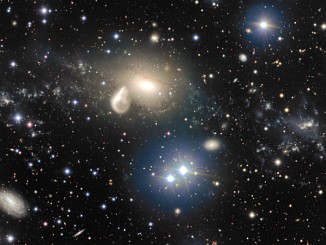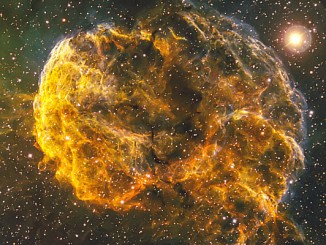
What spawned the Jellyfish Nebula?
The Jellyfish Nebula, also known by its official name IC 443, is the remnant of a supernova lying 5,000 light-years from Earth. New observations from NASA’s Chandra X-ray Observatory show that the explosion that created the Jellyfish Nebula may have also formed a peculiar object located on the southern edge of the remnant.


